Discover 11 hidden attractions, cool sights, and unusual things to do in Cranston (United States). Don't miss out on these must-see attractions: Edgewood Yacht Club, Rhode Island Yacht Club, and Governor William Sprague Mansion. Also, be sure to include Cranston Public Library in your itinerary.
Below, you can find the list of the most amazing places you should visit in Cranston (Rhode Island).
Table of Contents
Edgewood Yacht Club

Yacht club in Cranston, Rhode Island. Edgewood Yacht Club is an historic yacht club in Cranston, Rhode Island at 3 Shaw Avenue.
The Edgewood Yacht Club was founded in 1889 and incorporated in 1902.[1]
Address: 1 Shaw Ave, Cranston
Rhode Island Yacht Club
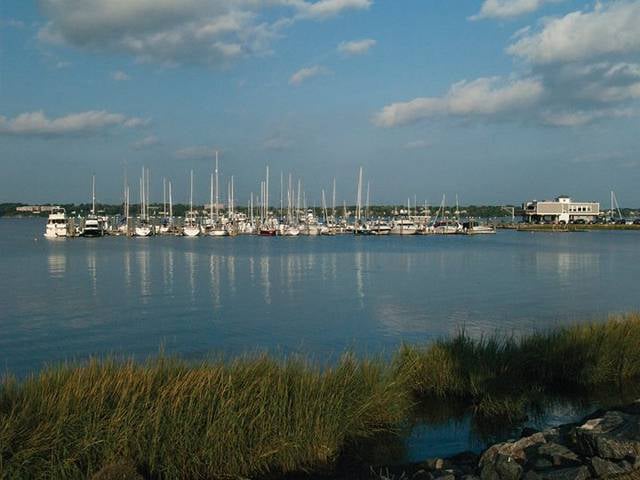
Sailing, Marina
Address: 1 Ocean Ave, Cranston
Governor William Sprague Mansion
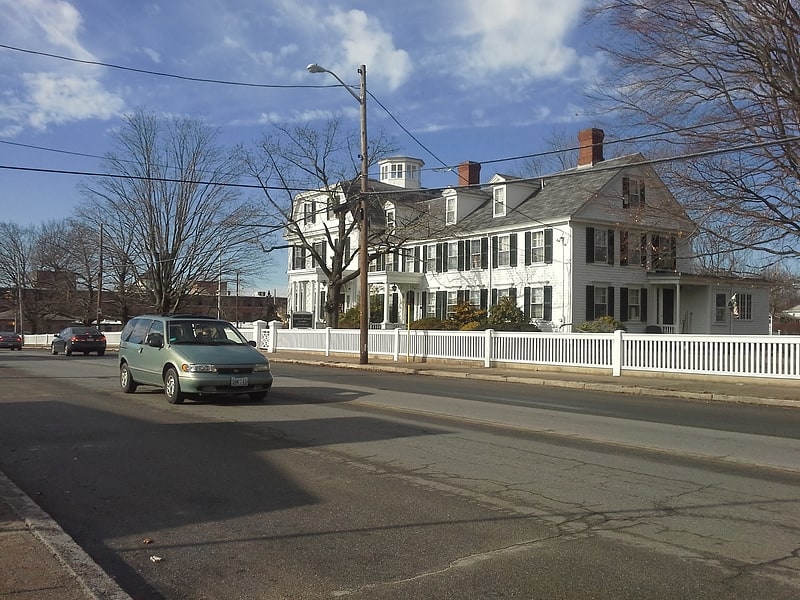
Mansion in Cranston, Rhode Island. The Governor William Sprague Mansion is an historic mansion and museum at 1351 Cranston Street in Cranston, Rhode Island. The house was the birthplace of Governor William Sprague III and his nephew, Governor William Sprague IV.[2]
Address: 1351 Cranston St, 02920-6721 Cranston
Cranston Public Library
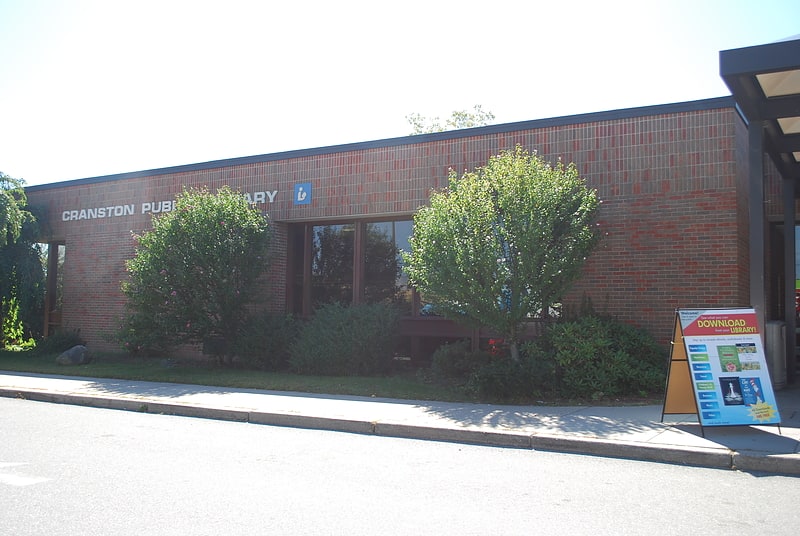
Public library system. The Cranston Public Library is the public library system serving Cranston, the second largest city in Rhode Island. The first library in Cranston was formed in 1797, while the library system was formed in 1966 by the Cranston City Council. The present day library system formed in 1968 when six independent neighborhood libraries came together as one. There are six locations in the system, including a central library and five neighborhood branches. The library system is governed by a board of trustees consisting of seven members appointed by the Cranston City Council. Members serve staggered three-year terms. Meetings are open to the public.
In addition to traditional library services, the Cranston Public Library provides services such as tax preparation, 3D printing, analog-to-digital audio transferring, and educational programs among others. The system also provides mobile services to homebound residents.[3]
Address: 140 Sockanosset Cross Rd, 02920-5539 Cranston
Mulligan's Island Golf & Entertainment

Top attraction, Game and entertainment center, Golf, Park
Address: 1000 New London Ave, 02920-3016 Cranston
Culinary Archives & Museum at Johnson and Wales University
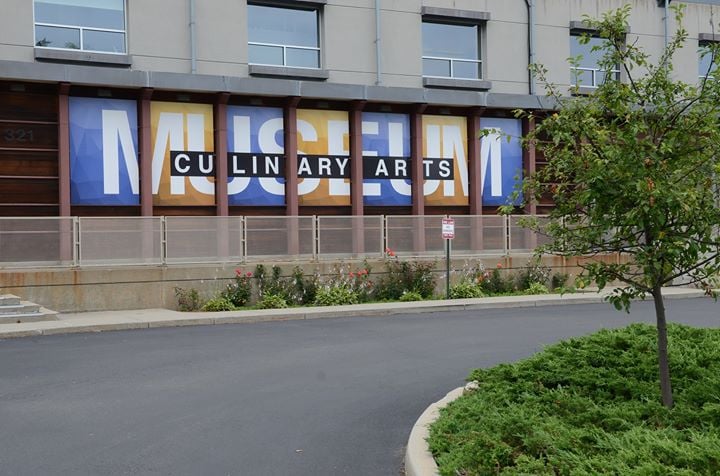
Museum, Art gallery
Address: 315 Harborside Blvd, 02905 Providence
Knightsville Meetinghouse
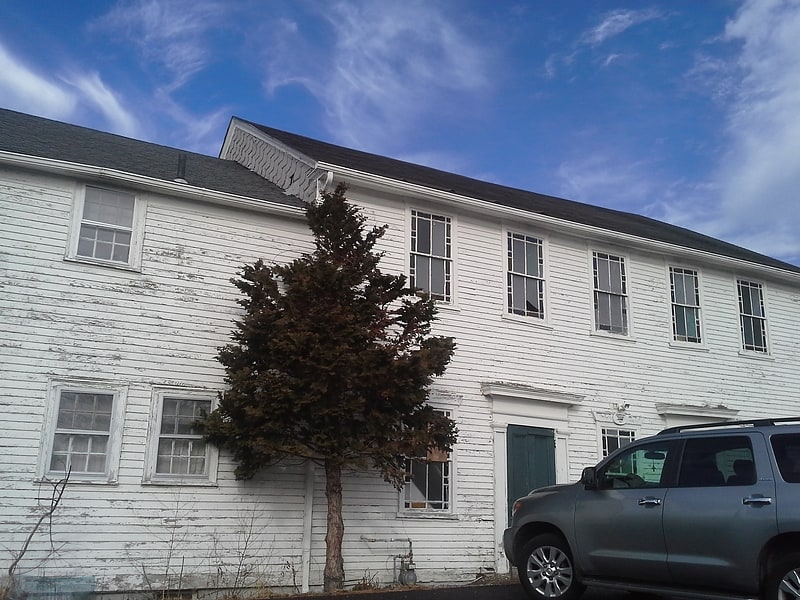
Building in Cranston, Rhode Island. The Knightsville Meetinghouse was a historic church and meeting hall building at 67 Phenix Avenue within the village of Knightsville in Cranston, Rhode Island.
The meetinghouse was built in 1807 for the Benevolent Baptist Society. Town meetings were held in the building in the nineteenth century. Various Christian denominations also met in the building until 1864 when the Knightsville Mission Sabbath School, a large Sunday school began meeting in the building and desired to begin a formal church. A church was officially organized in the building in 1878 as a branch of the Union Congregational Church of Providence. The Providence and Knightsville churches remained affiliated until 1928 when the Knightsville branch broke off after Union merged with Plymouth. In 1967 Knightsville merged with the smaller Franklin Congregational Church. The Kinghtsville Meeting House was added to the National Register of Historic Places in 1978. The congregation was affiliated with the United Church of Christ, but in 2006 the handful of remaining members voted to leave the United Church of Christ and join the National Association of Congregational Christian Churches. After several decades declining funding and dwindling membership, the church closed in October 2009 and was subsequently demolished in 2015.[4]
Auburn Branch
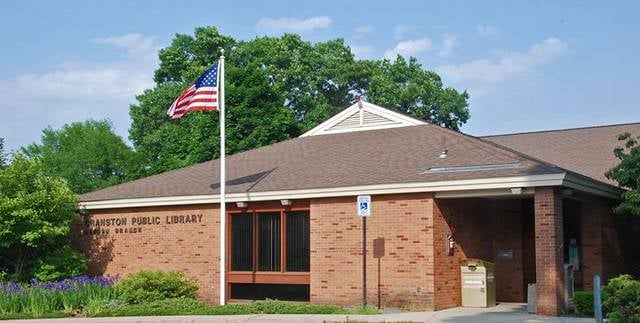
Library
Address: 396 Pontiac Ave, 02910-3322 Cranston
Saint Paul Church
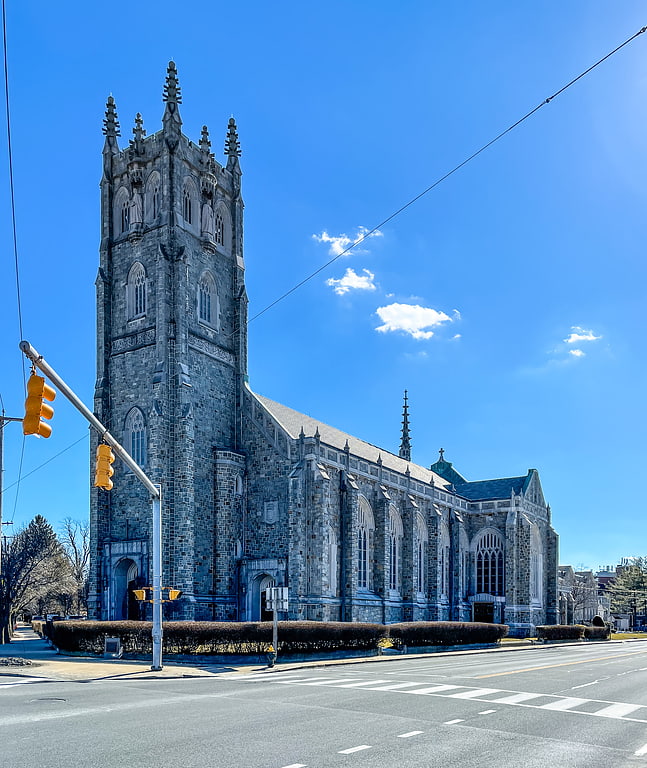
Catholic church in Cranston, Rhode Island. Saint Paul Church, located in Cranston, Rhode Island, is a parish of the Roman Catholic Diocese of Providence, Rhode Island.[5]
Address: 30 Warwick Ave, 02905 Providence
Joy Homestead
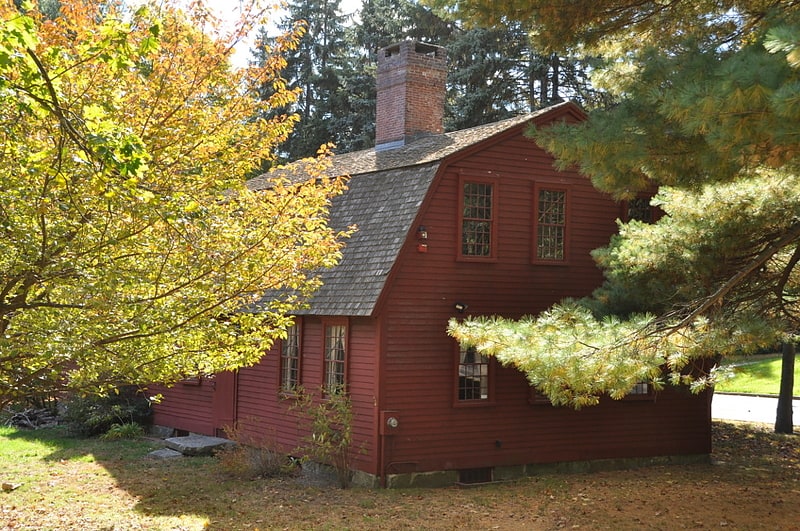
Historical society in Cranston, Rhode Island. The Joy Homestead, also known as the Job Joy House, is an historic house on Old Scituate Avenue in Cranston, Rhode Island. This 2+1⁄2-story gambrel-roof wood-frame house was built sometime between 1764 and 1778. It was occupied by members of the Joy family until 1884, and was acquired by the Cranston Historical Society in 1959. The house is believed to a stopping point on the first day's march in 1781 of the French Army troops en route from Providence to Yorktown during the American Revolutionary War.
The house was listed on the National Register of Historic Places in 1971. The Historical Society offers tours.[6]
Rhodes-on-the Pawtuxet

Building in Cranston, Rhode Island. Rhodes-on-the Pawtuxet is a historic recreational complex at Rhodes Place, on the Pawtuxet River in Cranston, Rhode Island. Originally consisting of a series of buildings, including a stateroom, pavilion, and waterfront facilities, today only a ballroom and gazebo survive. The ballroom is a Classical Revival building designed by architects John F. O'Malley and Harry A. Lewis and built in 1915, after the entire complex, except for the stateroom and gazebo, was destroyed by fire. The stateroom burned in 1977. The gazebo was built c. 1880, and has long been a local landmark, with trademark Queen Anne scrollwork and turned corner posts.
These surviving structures were listed on the National Register of Historic Places in 1978.[7]